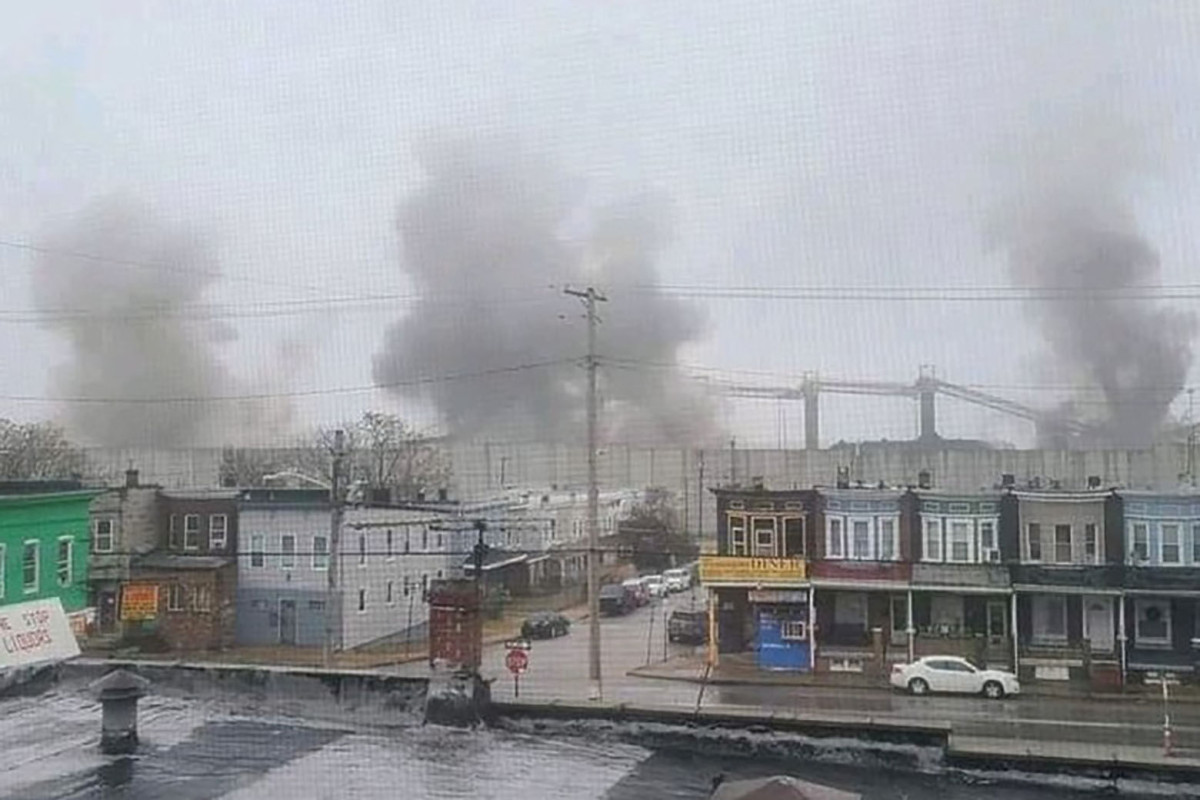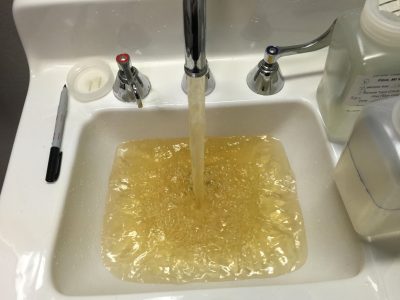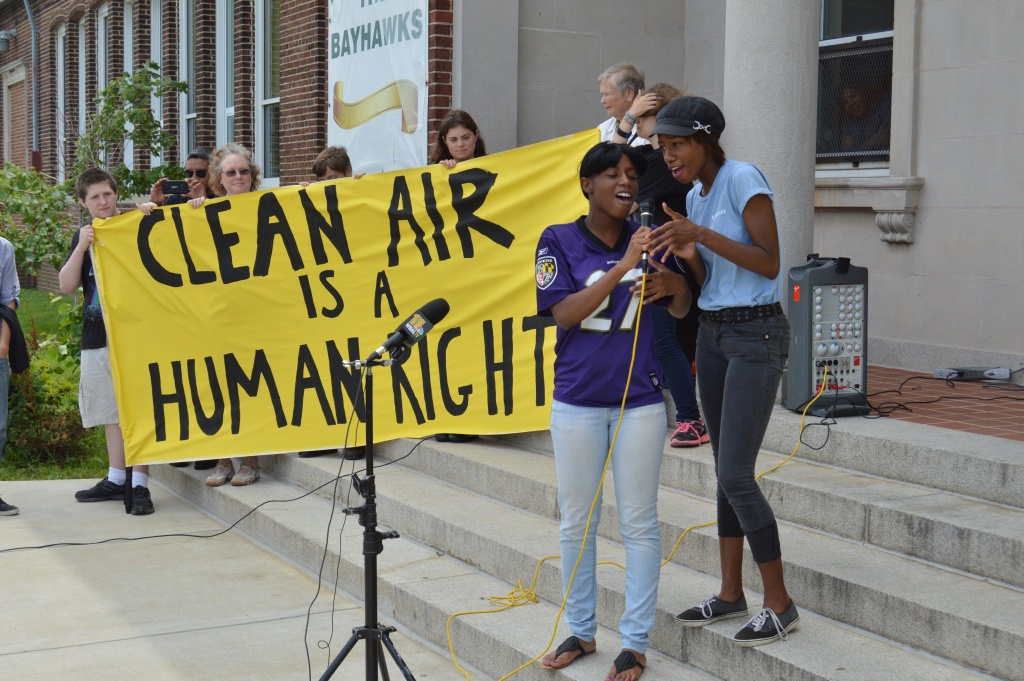 Did you know that school students in South Baltimore are taking a stand against air pollution in their community?
Did you know that school students in South Baltimore are taking a stand against air pollution in their community?
They are part of a movement called Free Your Voice that is fighting toxic pollution in Curtis Bay.
Curtis Bay is one of many communities in the US that have been disproportionately affected by exposure to dangerous pollution. It is a neighborhood surrounded by open-air coal pits, flammable fuel storage, and garbage incinerators that spew toxins into the atmosphere.
To these student activists, the plight of Curtis Bay and countless other neighborhoods across the country points to environmental racism.
Let’s take a closer look at the impacts of environmental racism, and how these activists are fighting to make a change in their community.
The Toll of Environmental Racism
 Environmental racism is a systemic form of racism that results from policies and practices that expose minority, low-income communities to sources of toxic pollution. Such policies wouldn’t be tolerated in wealthier, cleaner neighborhoods.
Environmental racism is a systemic form of racism that results from policies and practices that expose minority, low-income communities to sources of toxic pollution. Such policies wouldn’t be tolerated in wealthier, cleaner neighborhoods.
In the long term, these communities become vulnerable to serious health conditions and experience a significantly reduced quality of living.
Flint, Michigan, a majority-black city, is a heartbreaking case of how far-reaching the effects of environmental racism can be. In 2014, Flint officials cut costs by switching the city’s water supply from the Detroit Water and Sewerage Department to the Flint River. The local government continually dismissed public concerns and reassured citizens that the water was safe for consumption.
However, by 2015, studies found that Flint water had lead concentrations more than 25 times higher than what was considered dangerous by the US Environmental Protection Agency (EPA). Further testing found that Flint’s water had lead levels far beyond what the EPA considered hazardous waste!
The consequences were horrific as 12 citizens died from Legionnaires’ disease, and thousands of children suffered from hair loss and skin rashes. The fallout continues to affect Flint's citizens to this day. Many children who were exposed to such high lead levels now suffer from intellectual disabilities and behavioral disorders, while some women have experienced traumatic miscarriages.
Flint is but one of the most visible cases of how environmental racism deeply harms minority communities. Other examples include the train derailment in East Palestine that we wrote about here.
Residents who live near industrial facilities face a far sinister threat of constant chemical exposure and dangerous particulate pollution. Citizens of North Richmond, California, for instance, live in the shadow of one of the country’s largest oil refineries. Toxic plumes and fiery explosions are all common occurrences for Richmond residents. Most are Black and have historically faced discrimination. Today, safer, cleaner neighborhoods remain far out of reach economically for many residents.
A New Hope for the Future
 When Shashawnda Campbell first co-founded the Free Your Voice movement in 2011, she and her fellow students successfully thwarted the construction of what would have been the largest waste incinerator in the country.
When Shashawnda Campbell first co-founded the Free Your Voice movement in 2011, she and her fellow students successfully thwarted the construction of what would have been the largest waste incinerator in the country.
By burning trash, the incinerator would generate electricity. However, it would also release soot and highly toxic fumes of lead and mercury. Trucks transporting trash and the burned ash would further add to traffic and carbon emissions in the area.
The students were told that their efforts would be in vain. Nonetheless, they persisted, going door to door. The students learned that their school board had planned to purchase electricity from the incinerator. They rallied in response, writing impassioned poetry and songs that earned them the community’s respect and support.
Since then, a new generation of student activists have continued to champion their cause. This year, they’ve been taking on an even bigger foe – the local coal terminal.
With the help of scientists from Johns Hopkins University and Towson University, the students carried out their own investigation of coal dust in the neighborhood. They used sticky paper to collect samples and demonstrate that the soot contained coal, and used their results to gauge which areas were the most affected. The students hope to use their findings to pressure state regulators and CSX, the company that owns the coal terminal.
These courageous students give us hope and teach us that even if youth cannot vote, they can certainly bring about change.
Sources: NPR, Grist, Inside Climate News, Scientific American, NYTimes, Brookings, Harvard








